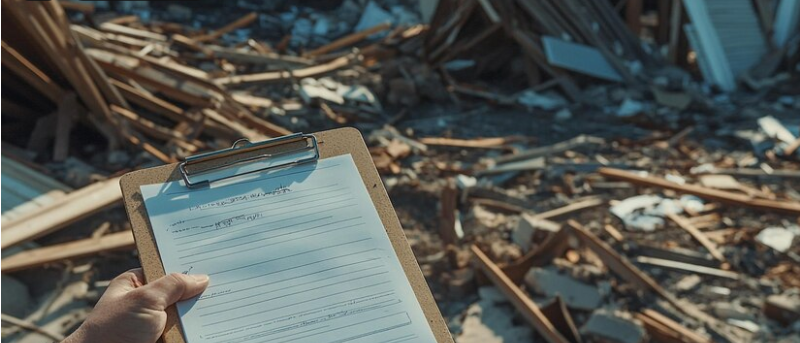Extreme Weather Affects on Insurance in Texas
Many states are experiencing extreme weather, including Texas. The recent downpour has sadly left many dead and unaccounted for. Search and rescue is still underway in Kerr County in Central Texas. At least 160 are still missing, and the death toll has risen to 120 so far. With extreme weather comes more losses in more ways than one. Many are still trying to wrap their heads around the effects and what can be done.
Rising Premium Costs
Extreme weather has seriously impacted Texas insurance costs, with homeowners' insurance premiums increasing by nearly 19% in 2024. In 2023 it saw a 21% increase. The average annual cost of home insurance in Texas is currently $4,585, which is 117% higher than the national average of $2,110. This steep increase has made Texas one of the most expensive states for homeowners' insurance in the nation.
Multiple Weather Hazards
Texas faces unique challenges as multiple extreme weather events, including hurricanes, hailstorms, wildfires, and tornadoes, impact it. In 2024, Texas was the hardest-hit state by hailstorms, with over 180,000 homes impacted by hailstones larger than 2 inches. The state experienced 20 billion-dollar severe weather and climate events in 2024, the most of any state, and has seen more than 170 billion-dollar loss events since 1980.
Insurance Market Challenges
The frequency of extreme weather has created significant challenges for insurers operating in Texas. Many Texans find themselves unable to qualify for homeowners insurance due to increased threats from wildfires, hurricanes, and other extreme weather conditions. Progressive announced its temporary restriction on new policies in the state in August 2024 to rebalance its risk portfolio. Some insurers have become more selective, requiring bundling with auto insurance or implementing stricter underwriting guidelines.
Coastal Insurance Crisis
The Texas coast faces particularly severe challenges. The Texas Windstorm Insurance Association (TWIA), the state's insurer of last resort, has grown to 278,908 policies as of May 2025, up from about 185,000 in 2020. Hurricane Beryl alone resulted in TWIA paying more than $330 million to settle over 32,000 claims, essentially wiping out the association's catastrophe reserve fund
Legislative Response
Texas lawmakers are actively addressing the insurance crisis. House Bill 1576 would create a state grant program to help homeowners retrofit their homes to withstand hurricanes and windstorms, modeled after a similar program in Alabama. Texas lawmakers want to lower homeowners' insurance costs but have few options. The goal is to encourage stronger construction standards that reduce risk and lower insurance costs, though the program would be voluntary rather than mandatory.
The intersection of climate change, population growth, and increased construction costs has created a perfect storm for Texas insurance markets, forcing both insurers and policyholders to adapt to this new reality.





